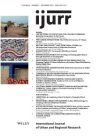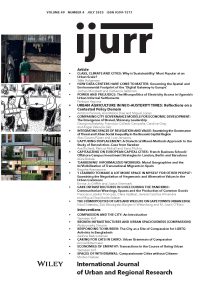Free-ranging cats are widely tolerated in cities, and animal welfare organizations increasingly allow for ‘trap, neuter and release’ (TNR) of unowned cats. We show, using the example of a university campus adjacent to a national park in a large metropole, that this has implications for cosmopolitics over biodiversity on the urban edge. A camera trap survey showed cats were the most abundant medium/large mammal species, and that some individuals hunted within the protected area and competed with other native predators. Despite concerns from ecologists and biologists (who favoured a precautionary approach to cat management), university policymakers favoured the status quo (supporting colonies of TNR’d cats), noting that cats were useful for pest rodent control and that no extinction threats to native wildlife were evident. This outcome, we suggest, reflects the long-standing multi-species assemblage of humans, rodents and cats, and the appreciation of cats as rodent hunters and pets. It also points to the limits of ecological information in resolving cosmopolitics over which species should be allowed to flourish. Yet the study also shows that systematic data collection and photographic evidence can help render animal lives visible (including cats, their predators and competitors) and assist in policy deliberation.
Details
Written by:
Nicoli Nattrass, Zoë Woodgate, Benjamin Wittenberg, M. Justin O'Riain
Digital Object Identifier (DOI)
https://doi.org/10.1111/1468-2427.13337
About DOI

